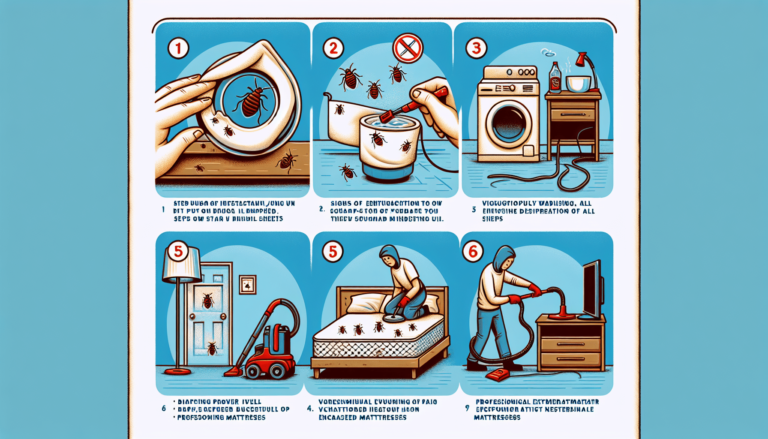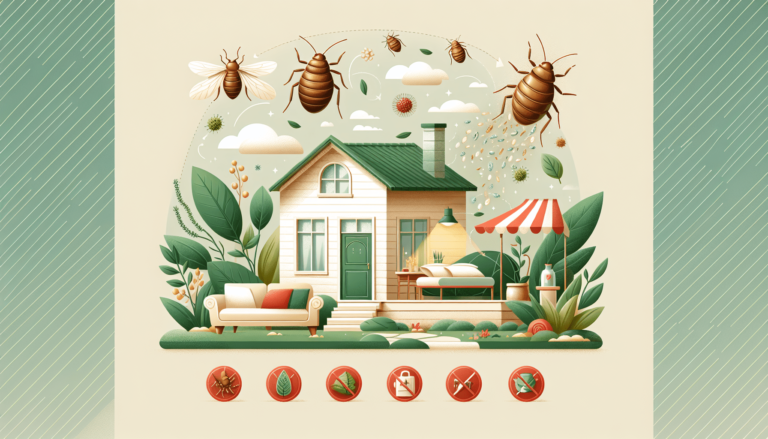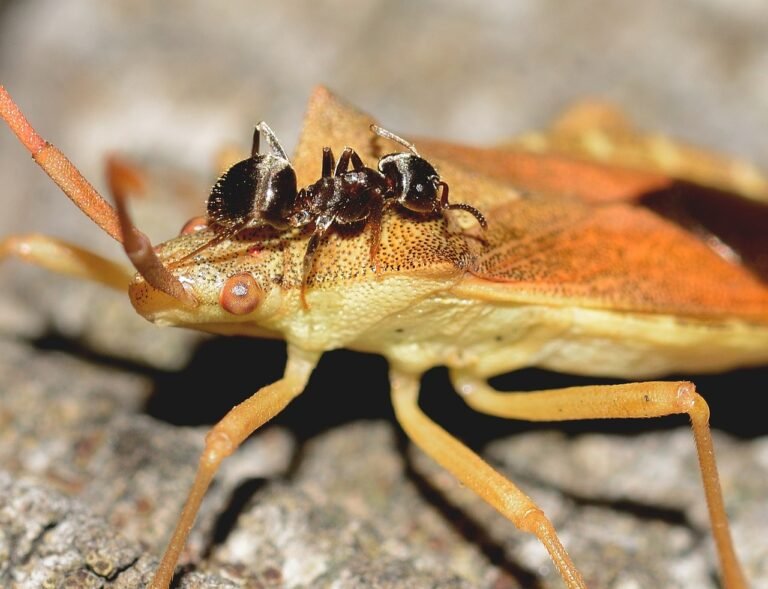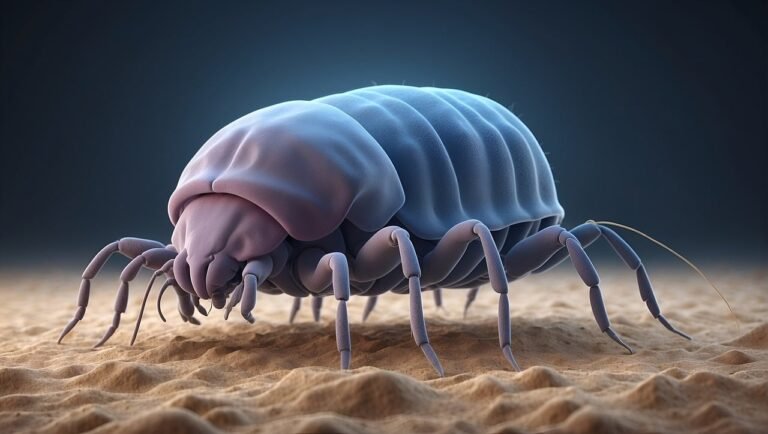What to Do When You Encounter Bed Bugs
Encountering bed bugs can be a distressing experience that disrupts your peace of mind and compromises your comfort. These small, nocturnal insects can infest your home, causing irritation, bites, and potential health risks. The presence of bed bugs requires immediate action, and knowing what to do can save you from a full-blown infestation. In this article, we will provide you with comprehensive guidance on how to handle bed bugs effectively. From identifying the signs of infestation to implementing remedial measures, we will equip you with the knowledge and strategies necessary to combat these elusive pests. With our expert advice and practical tips, you can regain control of your environment and restore your peace of mind.
Identifying Bed Bugs
Visual characteristics of bed bugs
Bed bugs are small, flat, and oval-shaped insects that are usually brown or reddish-brown in color. They are about the size of an apple seed, but can vary in size depending on their life stage. Adult bed bugs have six legs and antennae, and their bodies become swollen and elongated after a blood meal.
Signs of bed bug infestation
There are several signs that may indicate a bed bug infestation. These include:
-
Bed bug bites: Bed bug bites typically appear as small, red welts on the skin. They may be itchy and often appear in a line or cluster.
-
Bloodstains on sheets and pillowcases: After feeding, bed bugs may leave behind traces of blood on bedding.
-
Dark spots or stains on furniture and walls: Bed bugs often leave behind fecal stains, which can appear as small black or brown spots.
-
Eggshells and shed skin: As bed bugs go through their life cycle, they shed their skins and leave behind empty eggshells.
Locations where bed bugs often hide
Bed bugs are excellent at hiding and can be found in various locations within a home or other dwelling. Common hiding spots include:
-
Mattresses, box springs, and bed frames: Bed bugs often hide in the seams and crevices of mattresses and box springs, as well as in the cracks and joints of bed frames.
-
Furniture: Sofas, chairs, and other upholstered furniture provide ample hiding spots for bed bugs, especially in the seams and cushions.
-
Baseboards and electrical outlets: Bed bugs can squeeze into small cracks and crevices, making baseboards and electrical outlets potential hiding spots.
-
Luggage and clothing: Bed bugs can hitch a ride on luggage, clothing, and other personal belongings, allowing them to infest new areas.
Health Risks Presented by Bed Bugs
Potential allergic reactions
For some individuals, bed bug bites can cause allergic reactions. These reactions may include itching, redness, and swelling at the site of the bite. In rare cases, a severe allergic reaction known as anaphylaxis may occur, which requires immediate medical attention.
Emotional distress and sleep disruption
Dealing with a bed bug infestation can lead to emotional distress and sleep disruption. The constant fear of being bitten and the discomfort associated with the infestation can cause anxiety, stress, and insomnia.
Secondary infections from scratching bites
Intense itching caused by bed bug bites may lead to secondary infections if the skin is broken through scratching. Bacterial infections can occur, requiring medical treatment to prevent further complications.
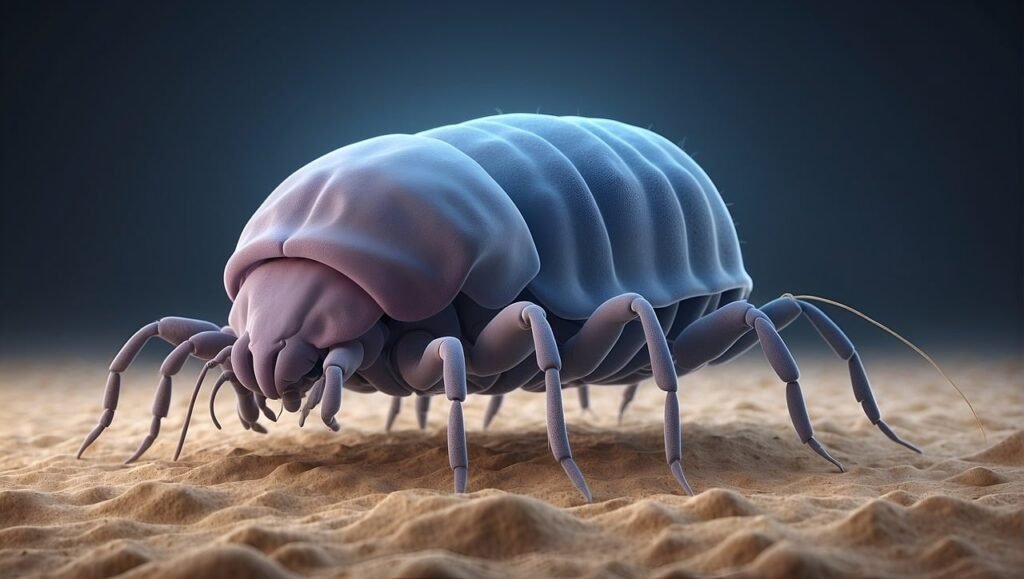
This image is property of pixabay.com.
Preventing Bed Bug Infestations
Routine house cleaning
Maintaining a clean and clutter-free home can help prevent bed bug infestations. Regularly vacuuming carpets, rugs, and upholstered furniture can help remove any hiding bed bugs or eggs. Washing bedding, linens, and clothing in hot water can also kill any potential bed bugs.
Regular inspection of luggage and furniture
When returning from travel or when acquiring used furniture, it is important to thoroughly inspect luggage and items for any signs of bed bugs. Pay close attention to seams, cracks, and crevices where bed bugs may hide.
Encasing mattresses and pillows
Using bed bug-proof mattress and pillow encasements can help prevent bed bugs from infesting these areas. These encasements create a physical barrier, making it difficult for bed bugs to access and hide in mattresses and pillows.
Professional Pest Control Options
Chemical treatments
Professional pest control companies may use chemical treatments to eliminate bed bug infestations. These treatments often involve the application of insecticides to infested areas, which can effectively kill bed bugs and their eggs.
Heat treatments
Heat treatments are another option for professional bed bug control. In this method, specialized equipment is used to heat infested areas to temperatures lethal to bed bugs. Heat treatments can be effective in eliminating bed bugs in all life stages.
Freezing treatments
Freezing treatments, also known as cryonite treatments, use extremely low temperatures to kill bed bugs. This method involves applying freezing agents directly to infested areas, which causes the bed bugs to freeze and die.

This image is property of pixabay.com.
DIY Bed Bug Treatments
Using bed bug sprays and powders
There are various sprays and powders available on the market that claim to kill bed bugs. These products can be applied directly to infested areas and may help reduce the bed bug population. However, it is important to follow the instructions carefully and consider consulting a professional if the infestation persists.
Natural remedies
Some individuals prefer to use natural remedies to control bed bugs. These may include essential oils, such as lavender or tea tree oil, as well as diatomaceous earth, which is a natural powder that can be sprinkled in infested areas. While these remedies may have some repellent or killing effects, they may not be as effective as professional treatments.
Helpful cleaning habits
Maintaining good cleaning habits can help prevent and control bed bug infestations. Regularly washing bedding, vacuuming carpets and furniture, and minimizing clutter can make it more difficult for bed bugs to establish themselves in your home.
Bed Bug Infestation in Apartments
Tenant’s rights and responsibilities
In the case of a bed bug infestation in an apartment, tenants have certain rights and responsibilities. It is important for tenants to promptly report any suspected infestations to their landlord or property manager. Tenants should also cooperate with any necessary inspection and treatment procedures.
Landlord’s rights and responsibilities
Landlords are responsible for providing habitable living conditions for their tenants, which includes addressing bed bug infestations. In many cases, it is the landlord’s responsibility to arrange for professional pest control services to eliminate the infestation. Landlords should also inform tenants of their rights and responsibilities regarding bed bug control.
Reporting to local health department
In some jurisdictions, it may be necessary to report a bed bug infestation to the local health department. This can help ensure that proper action is taken to address the infestation and prevent it from spreading to other units or properties.

This image is property of pixabay.com.
Traveling Precautions
Inspecting hotel rooms
When staying in a hotel or other accommodation, it is important to inspect the room for signs of bed bugs before settling in. Check the mattress, furniture, and other areas for any live bugs, bloodstains, or dark spots. If any signs of bed bugs are found, request a new room or consider finding a different place to stay.
Proper handling of luggage
To prevent bed bugs from hitching a ride on your luggage, keep your suitcases elevated off the floor and away from furniture and walls. Use luggage stands or racks whenever possible. Upon returning home, inspect your luggage thoroughly and consider washing your clothes in hot water to kill any potential bed bugs.
What to do if you discover bed bugs after your stay
If you discover bed bugs after staying in a hotel or other accommodation, it is important to take immediate action. Notify the management of the establishment so that they can address the issue and take preventive measures. It may also be necessary to thoroughly inspect and treat your belongings to prevent bringing the bed bugs home with you.
Bed Bugs and Stigma
Debunking myths about bed bugs
There are many myths and misconceptions surrounding bed bugs. It is important to debunk these myths and provide accurate information about these pests. Some common myths include the belief that bed bugs are only found in dirty or unkempt environments, or that bed bug infestations are a sign of poor hygiene. In reality, bed bugs can be found in any environment, and infestations can occur regardless of cleanliness.
Impact on mental health
Dealing with a bed bug infestation can have a significant impact on mental health. The fear, anxiety, and stress associated with these pests can lead to sleep disturbances, depression, and social isolation. It is important to address the mental health effects and seek support if needed.
Proper and respectful communication about bed bug issues
When discussing bed bug issues, it is important to approach the topic with empathy, respect, and discretion. Bed bug infestations can be a sensitive subject, and open communication is vital to addressing the problem effectively. Respectful communication can help reduce the stigma associated with bed bugs and encourage individuals to seek assistance without fear of judgment.
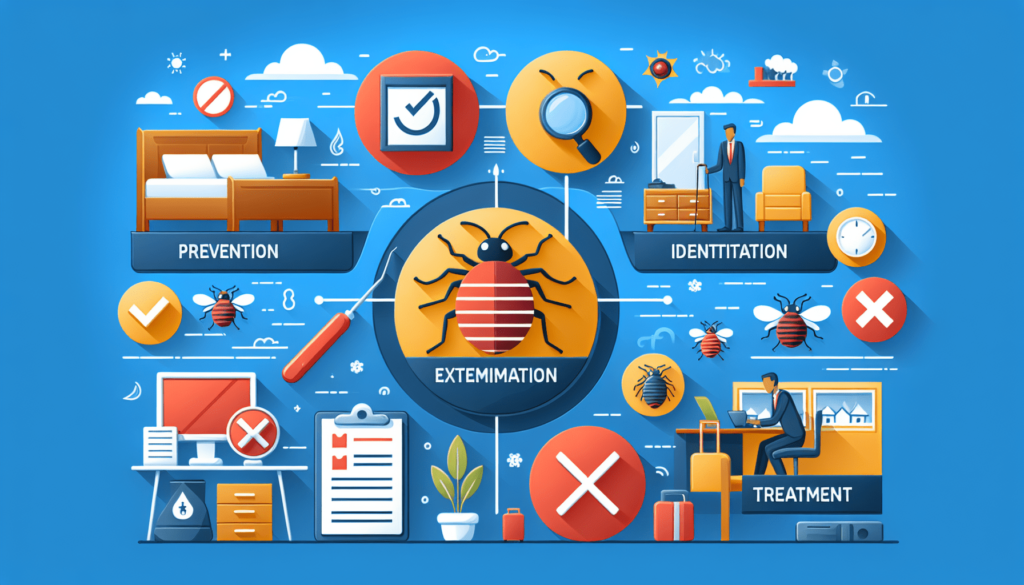
Educational Resources on Bed Bugs
Recommended books and websites on bed bug control
There are numerous books and websites that provide valuable information on bed bug control. Some recommended resources include “The Bed Bug Survival Guide” by Jeff Eisenberg and “Bed Bug Handbook” by Larry Pinto. Online resources from reputable entomology and pest control organizations, such as the Centers for Disease Control and Prevention (CDC) and the National Pest Management Association (NPMA), can also provide helpful information.
Utilizing local health department resources
Local health departments often have resources and information available on bed bug control and prevention. These resources may include educational materials, guidelines for reporting infestations, and information on local regulations and ordinances. Contacting the local health department can provide valuable support and guidance in dealing with bed bug issues.
Educating children about bed bugs
It is important to educate children about bed bugs to prevent the spread of infestations and reduce anxiety. Children should be taught to recognize the signs of bed bugs and understand the importance of proper hygiene and cleanliness. Age-appropriate educational materials and discussions can help children develop good habits and prevent the spread of bed bugs.
Moving Forward After a Bed Bug Infestation
Restoring peace of mind
After experiencing a bed bug infestation, it is important to take steps to restore peace of mind. This may include deep cleaning and inspecting your home regularly to ensure there are no remaining bed bugs. Taking proactive measures to prevent future infestations can help alleviate anxiety and promote a sense of security.
Continual prevention habits
Even after successfully eliminating a bed bug infestation, it is essential to maintain good prevention habits to avoid future infestations. Regularly cleaning and inspecting your home, being cautious when traveling, and practicing proper hygiene can all help prevent bed bugs from reinfesting your living space.
When to consult a mental health professional
If the emotional distress caused by a bed bug infestation becomes overwhelming or persistent, it may be beneficial to seek support from a mental health professional. They can provide guidance, coping strategies, and support to help individuals navigate the emotional aftermath of an infestation.
In conclusion, encountering bed bugs can be a challenging and distressing experience. However, by understanding how to identify bed bugs, the health risks they present, and taking preventive measures, individuals can effectively manage and prevent infestations. Whether utilizing professional pest control options or implementing DIY treatments, it is essential to address bed bug issues promptly and thoroughly. By disseminating accurate information, debunking myths, and providing educational resources, we can work towards reducing the stigma associated with bed bugs and promoting effective prevention and control strategies. Restoring peace of mind and implementing continual prevention habits are key to moving forward after a bed bug infestation, and seeking support from mental health professionals can be beneficial in addressing the emotional impact of such an experience.


